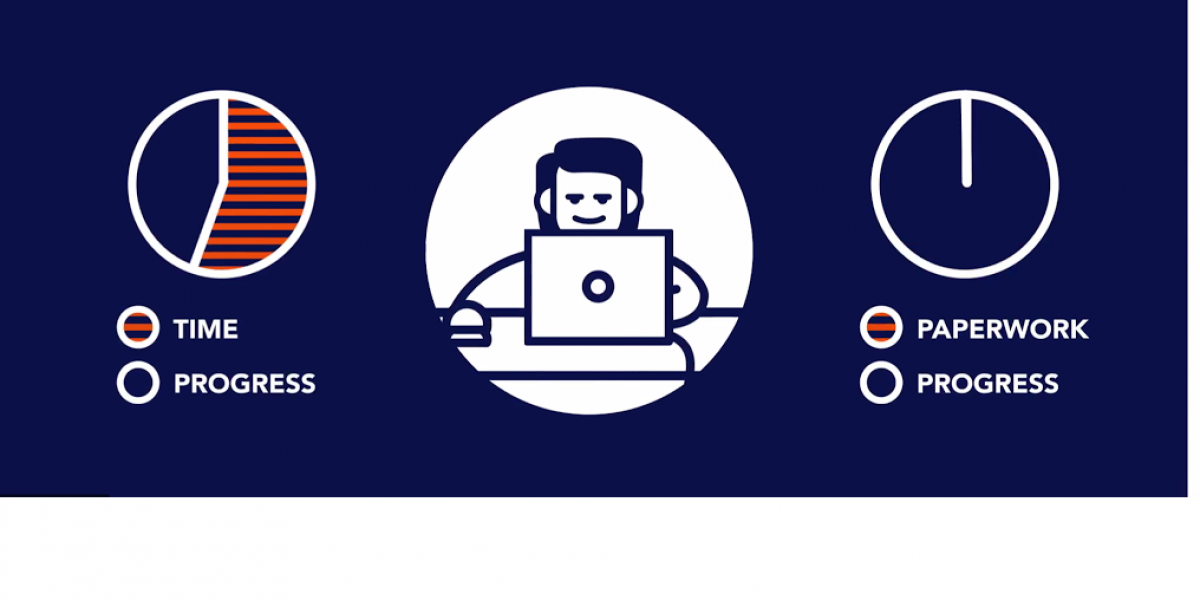This website uses the following additional cookies:
Performance
| Cookie | Duration | Description |
|---|
| __widgetsettings | Persistent | This cookie is set by Twitter – The cookie allows the visitor to share content from the website on to their Twitter profile. |
| _gat | session | This cookies is installed by Google Universal Analytics to throttle the request rate to limit the colllection of data on high traffic sites. |
| YSC | . | This cookies is set by Youtube and is used to track the views of embedded videos. |
Preferences
| Cookie | Duration | Description |
|---|
| lang | | This cookie is used to store the language preferences of a user to serve up content in that stored language the next time user visit the website. |
| timezone | | This cookie is used to store the time preferences of a user. |
Marketing
| Cookie | Duration | Description |
|---|
| _exposure_session | 2 weeks | This cookie is set to help display embedded brochure from exposure.co, publishing platform for photographers and visual storytellers. |
| 1P_JAR | 4 weeks | This cookie is used to stores information about how the user uses the website, recent searches or any other interactions with advertisements before visiting the website. This information is used to provide the users with personalized advertisments.. |
| ANID | 2 years | |
| IDE | 2 years | Used by Google DoubleClick and stores information about how the user uses the website and any other advertisement before visiting the website. This is used to present users with ads that are relevant to them according to the user profile. |
| NID | 6 months | This cookie is used to a profile based on user’s interest and display personalized ads to the users. |
| VISITOR_INFO1_LIVE | 65 months | This cookie is set by Youtube. Used to track the information of the embedded YouTube videos on a website. |
Analytics
| Cookie | Duration | Description |
|---|
| _ga | 2 years | This cookie is installed by Google Analytics. The cookie is used to calculate visitor, session, camapign data and keep track of site usage for the site’s analytics report. The cookies store information anonymously and assigns a randoly generated number to identify unique visitors. |
| _gid | 1 day | This cookie is installed by Google Analytics. The cookie is used to store information of how visitors use a website and helps in creating an analytics report of how the wbsite is doing. The data collected including the number visitors, the source where they have come from, and the pages viisted in an anonymous form. |
| GPS | 30 mins | This cookie is set by Youtube and registers a unique ID for tracking users based on their geographical location. |
Third-Party Cookies
YouTube videos with enabled privacy-enhanced mode.
https://www.youtube-nocookie.com/
@PropylonUS Twitter Feed
https://platform.twitter.com/
Photo Stories from publishing platform for photographers and visual storytellers
https://www.exposure.co/
Our Locations
https://www.google.com
Please enable Strictly Necessary Cookies first so that we can save your preferences!



